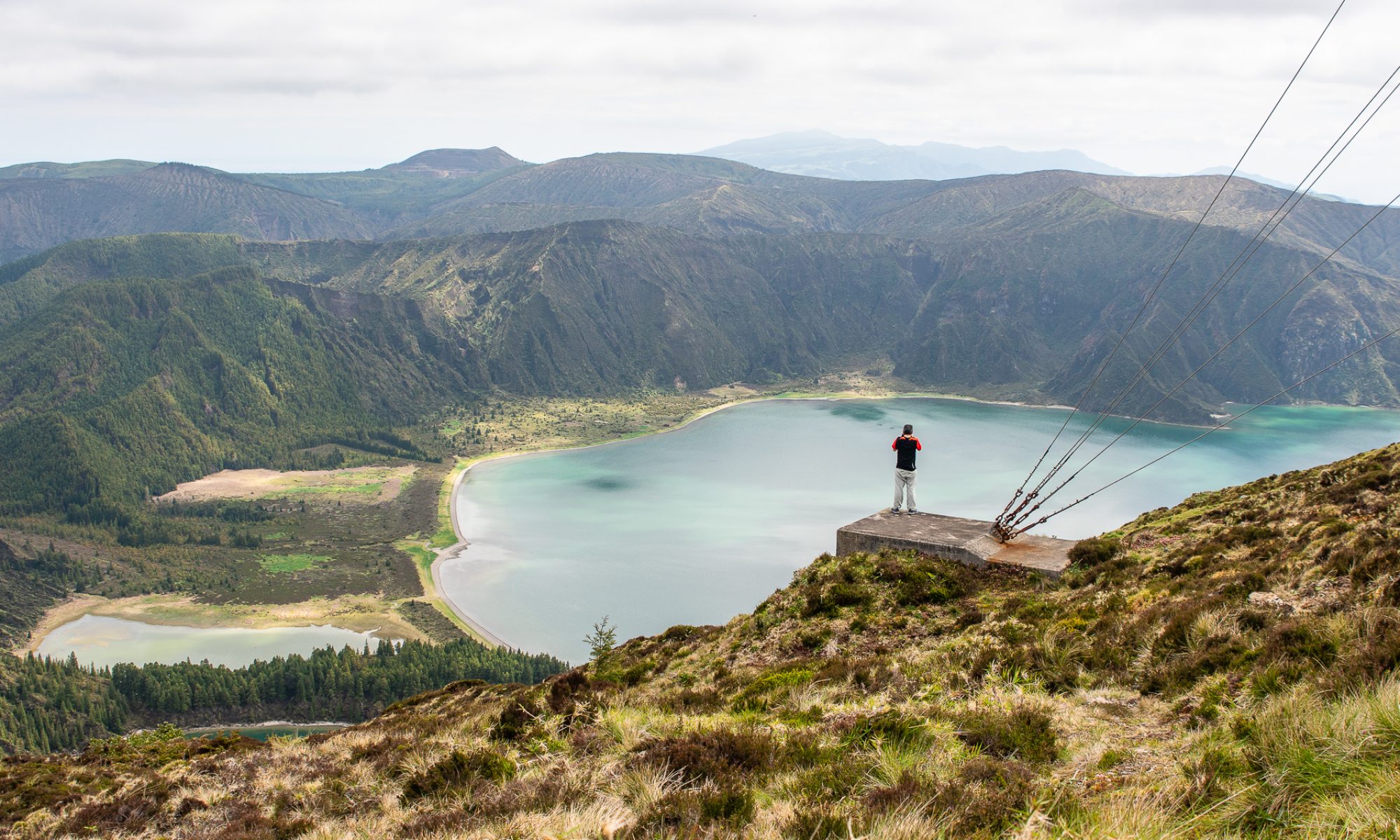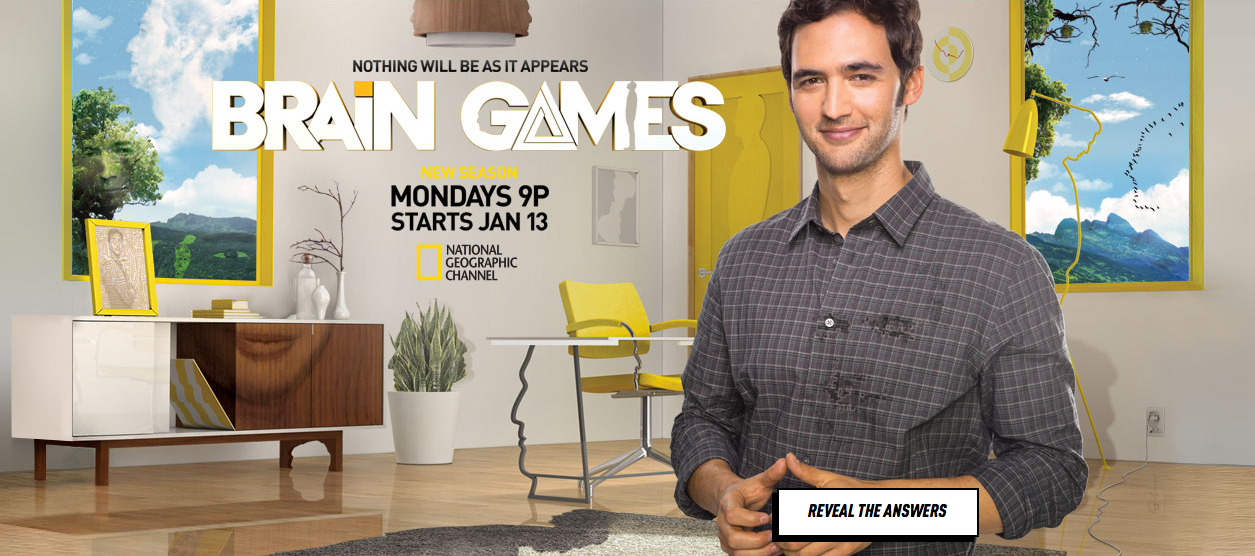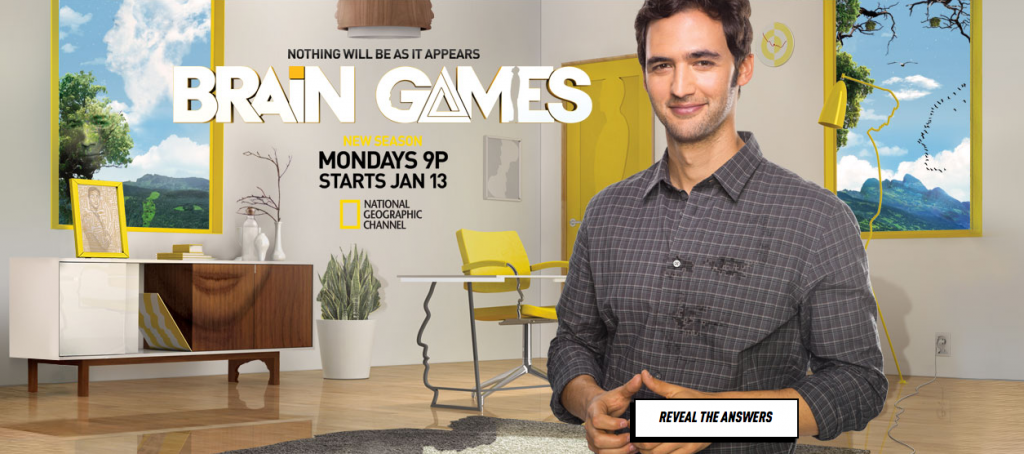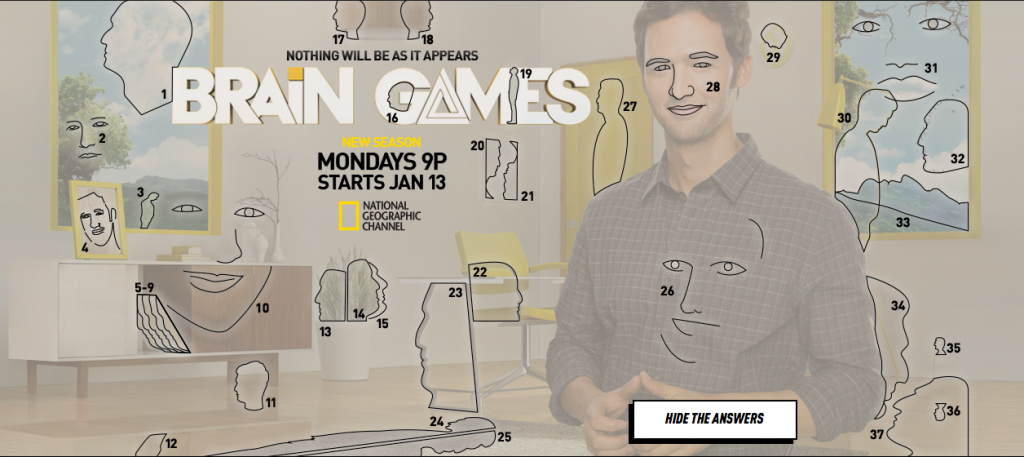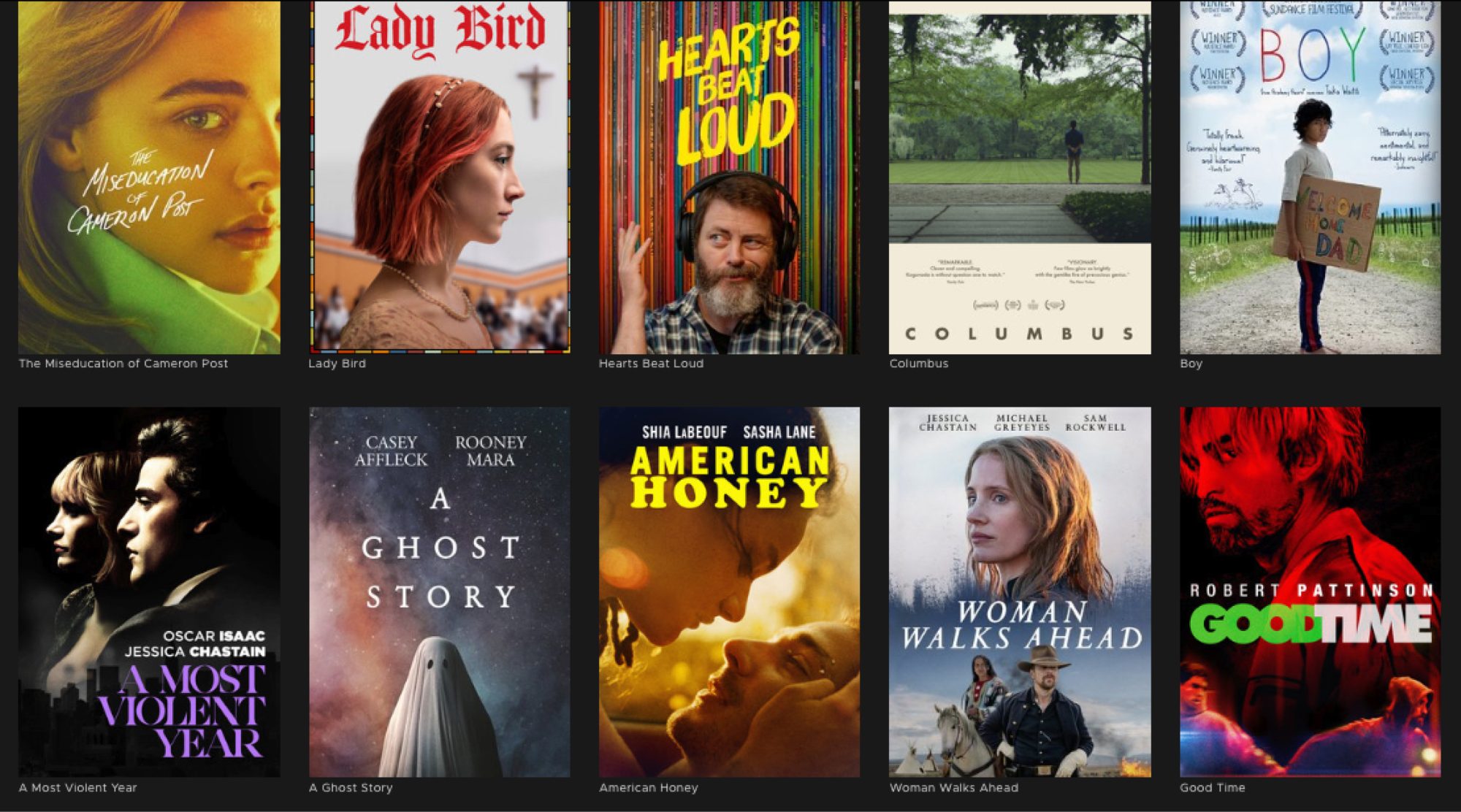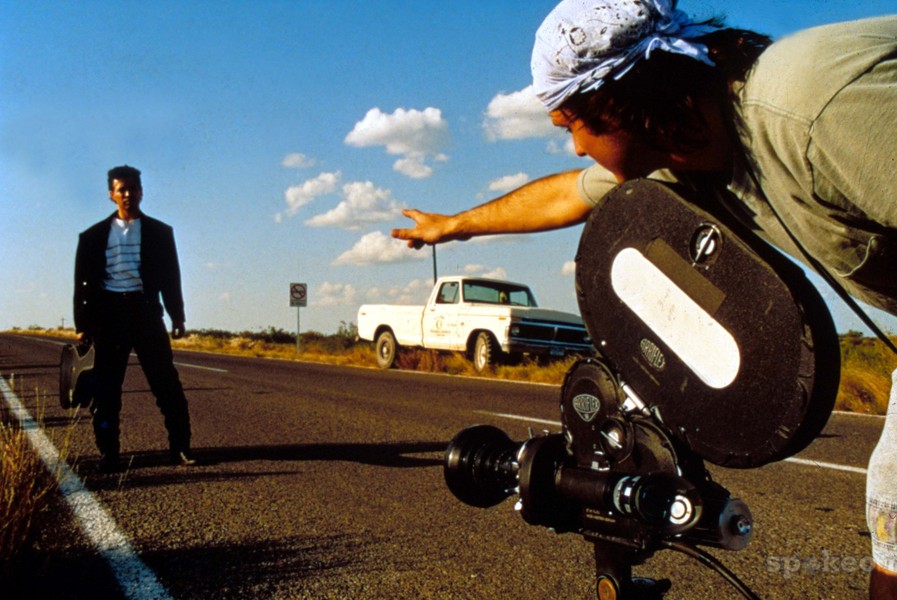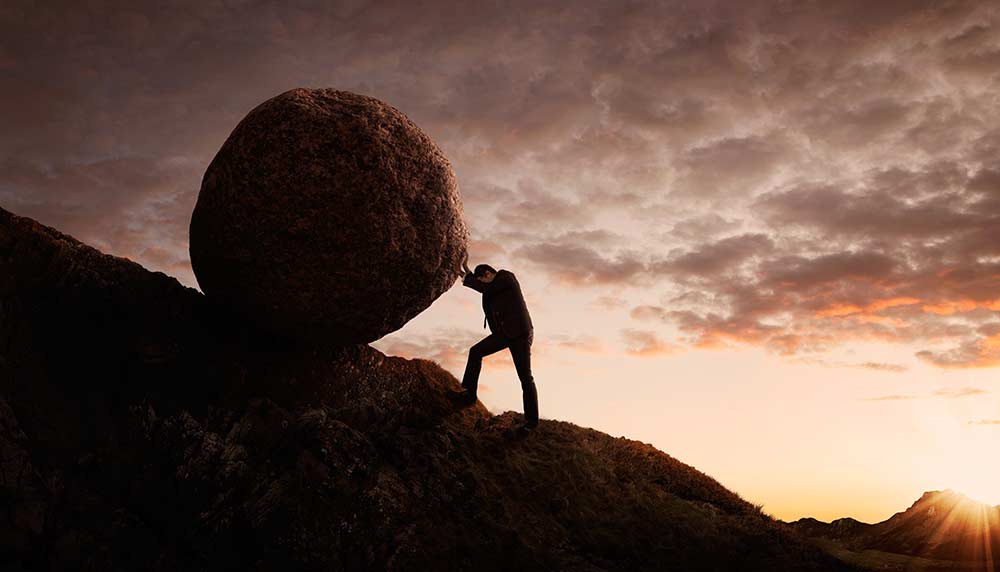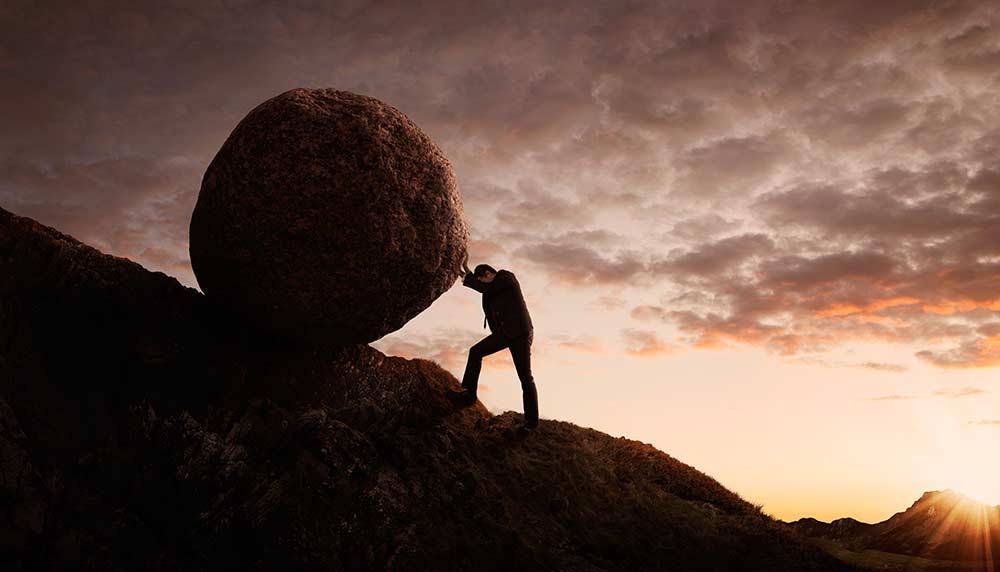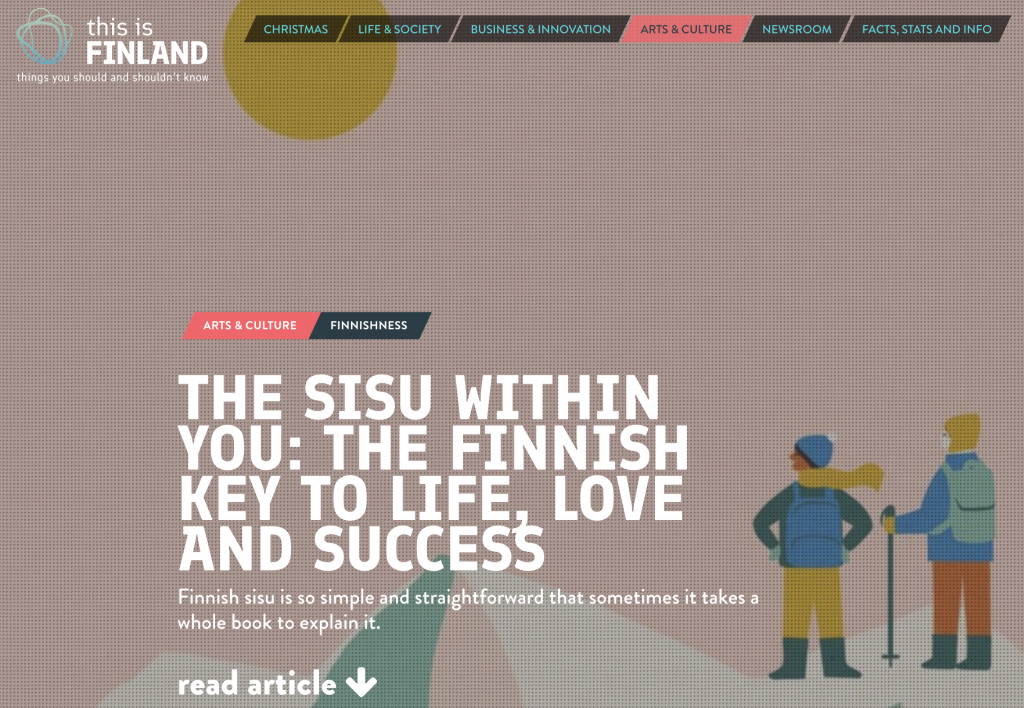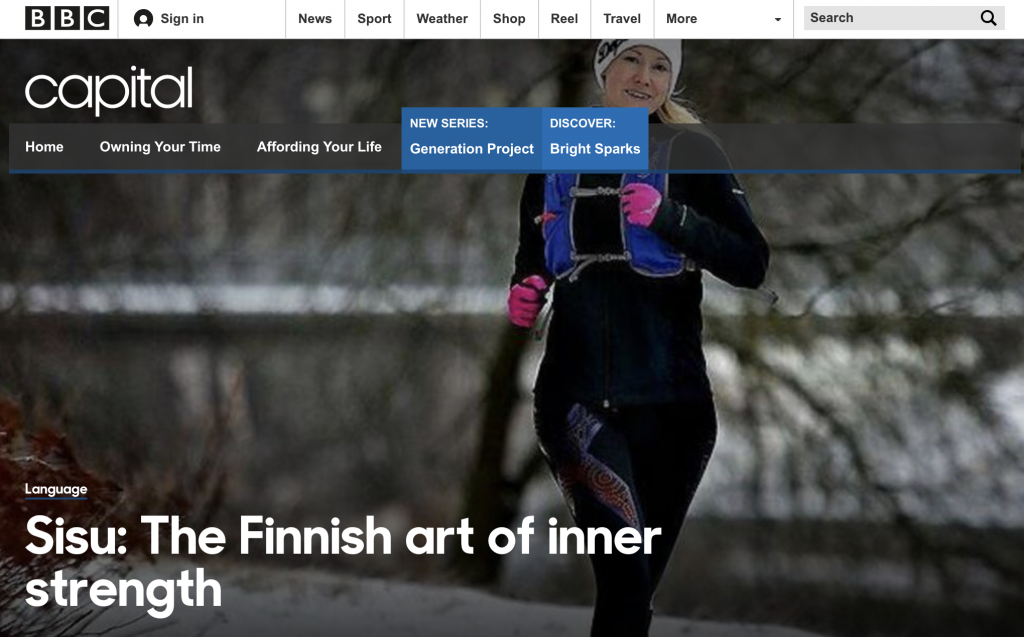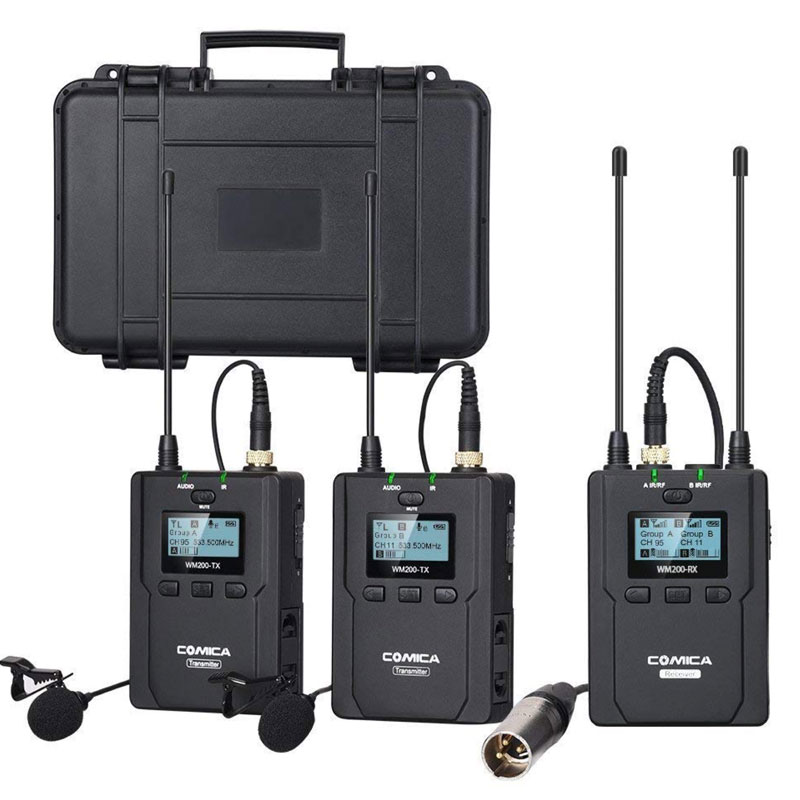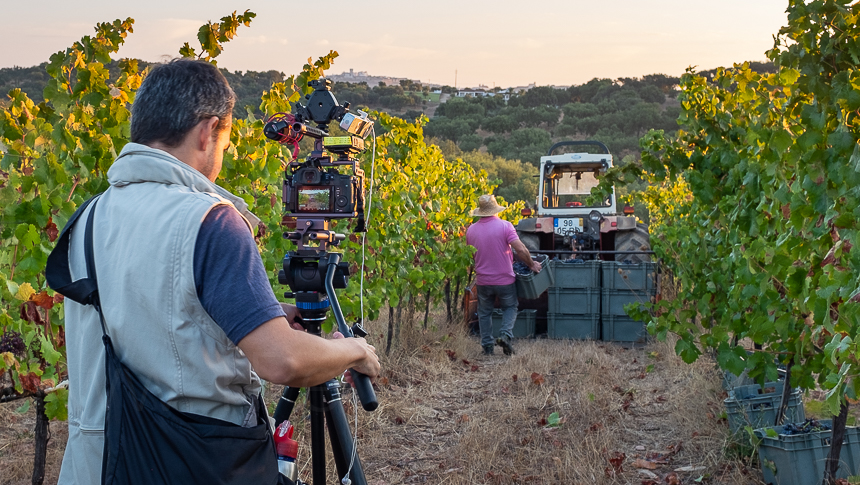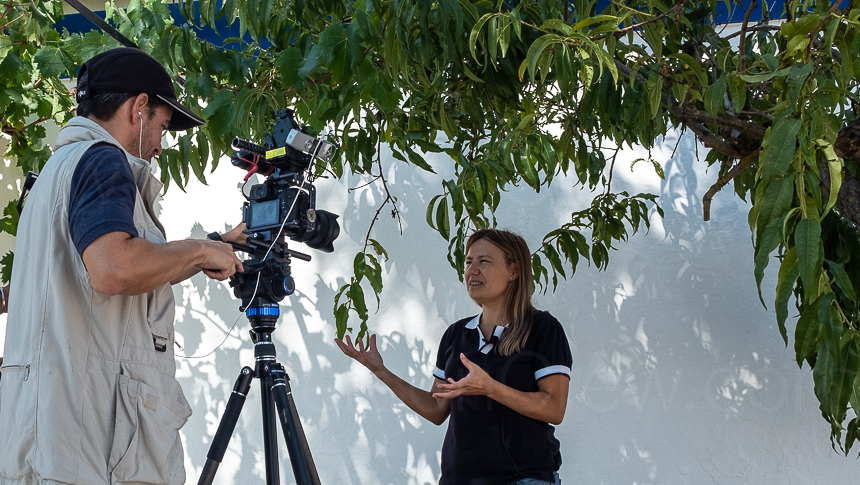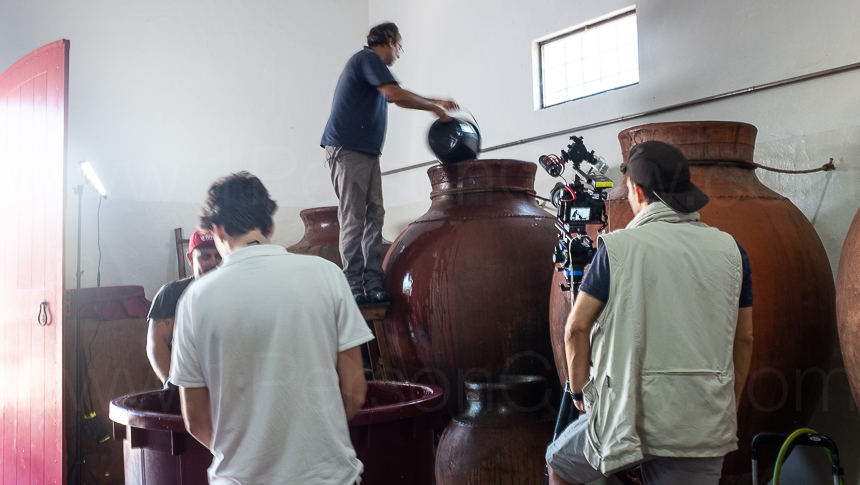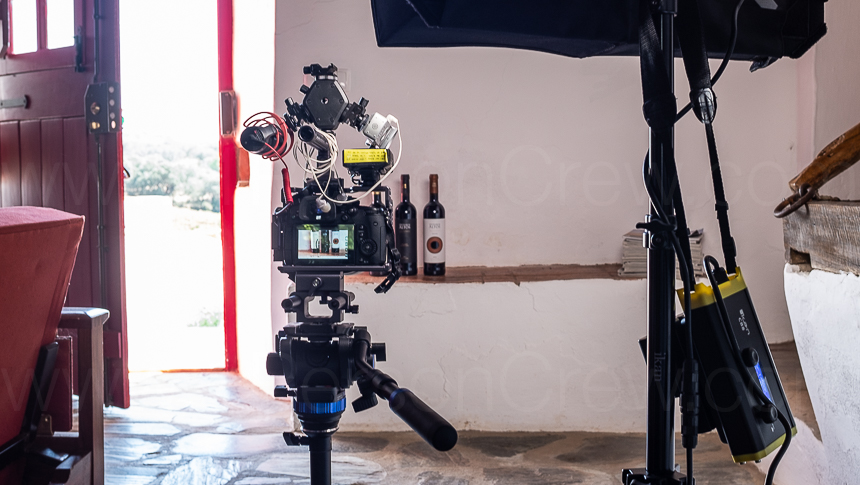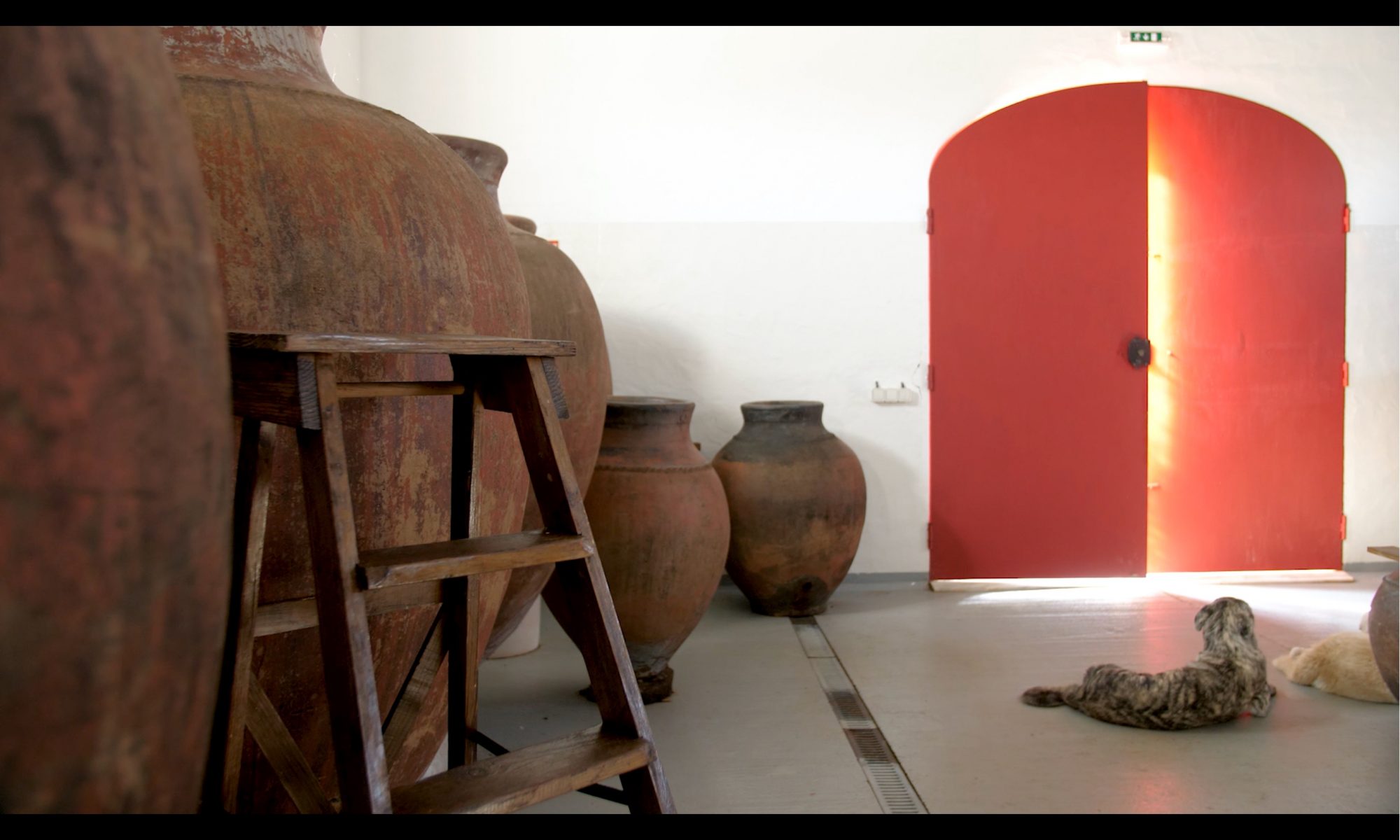Tennis? What? Did I come to the right website?
Yes. Chill and hear me out.
About two months ago I shot an interview with a highly successful businessman. The interviewer asked this gentleman “is there a book that you’d recommend to anyone starting or running a business?”
And he answered “Absolutely! I’ve read, re-read, and gifted “The Inner Game of Tennis” many many times in the past 20 years.”
Twenty years? I thought. How come I’ve never heard of this book? And tennis? Nonsense.
Until this past weekend, that is, when I found the audiobook version, and could not do anything else, but listen carefully and take LOTS of notes. The book is truly fantastic.
Here’s the first minute of “The Inner Game of Tennis” audiobook’s introduction and the transcript.
“Every game is composed of two parts an outer game and an inner game. The outer game is played against an external opponent to overcome external obstacles and to reach an external goal. Mastering this game is the subject of many books offering instructions on how to swing a racquet club or bat and how to position arms legs or torso to achieve the best results. But for some reason most of us find these instructions easier to remember than to execute. It is the thesis of this book that neither mastery nor satisfaction can be found in the playing of any game without giving some attention to the relatively neglected skills of the inner game. This is the game that takes place in the mind of the player and it is played against such obstacles as lapses in concentration, nervousness, self-doubt and self condemnation. In short it is played to overcome all habits of mind which inhibit excellence and performance. We often wonder why we play so well one day and so poorly the next or why we clutch during competition or blow easy shots. And why does it take so long to break a bad habit and learn a new one. Victories in the inner game may provide no additions to the trophy case, but they bring valuable rewards which are more permanent, and which can contribute significantly to one’s success. Off the court as well as on.”
Why post a book review on a website for filmmakers? Because the whole book it’s about something I strongly believe; learning how to use the tools of our craft is important, but we should also learn how to control our mind, our inner game in order to craft better stories.
DISCLAIMER
This article is not paid or sponsored by anyone. It reflects my own independent opinion. I only recommend companies and products that I trust. Some links might be affiliates, which means I may get a few pennies if you decide to purchase something.
Thanks in advance for your support!
ONLINE COURSES
Lynda.com
Mini Tutorials
LinkedIn Learning
MY VIDEO GEAR
Amazon
SOCIAL
YouTube: 1PersonCrew
Instagram: @1PersonCrew
